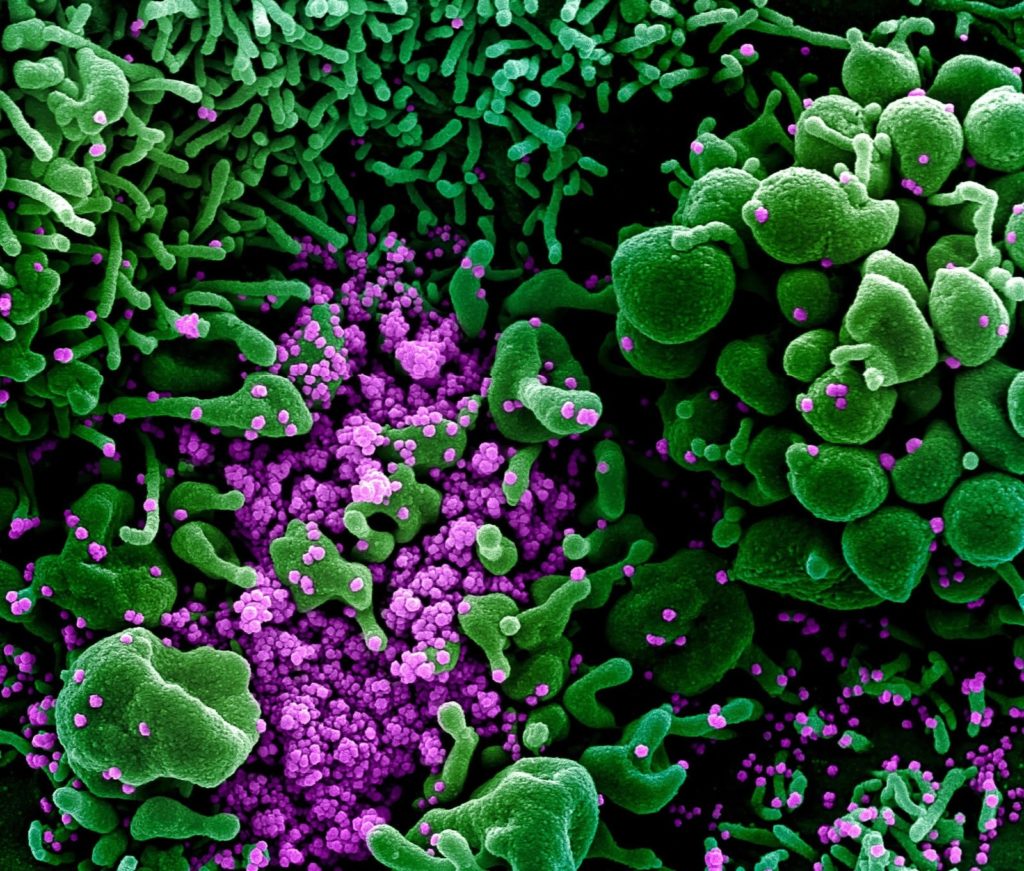By Angela Betsaida B. Laguipo, BSN
Despite the coronavirus infection numbers skyrocketing, there is still good news. A team of scientists found that the novel coronavirus is not mutating significantly, suggesting any vaccine developed to fight SARS-CoV-2 (Severe Acute Respiratory Syndrome Coronavirus 2) would remain effective in the long term.
A team of scientists from Johns Hopkins University has been studying the coronavirus’s genetic code and found that it stays stable as it infects more people. The discovery could help scientists develop vaccines, which can fight against deadly illness COVID-19 for a long time.
The researchers also noted that the virus is not becoming more dangerous as it spreads, shedding light on the virus’s mechanism and how it behaves. With this excellent news, pharmaceutical companies, health institutions, and scientific laboratories that are racing to find a vaccine can now develop one just like those for measles and chickenpox. These older vaccines are still effective and do not to be updated, unlike the flu vaccine.
How a virus mutates
Just as natural selection has contributed to the evolution of living things, such as humans, plants, and animals, it also shapes viruses, too. Though viruses are not considered living things since they need a host to reproduce, they are capable of mutation.
When a virus enters the human body, the immune system detects it and tries to kill it. The pathogen’s job is to evade the immune system, invade a host cell, and reproduce; then it jumps to another host. To evade the immune system, the virus mutates so the body will have a hard time detecting it.
Overall, viruses mutate rapidly compared to other organisms. Though it may sound frightening, neural mutations, which either improve or stem the virus’s survival, may not cause any noticeable change in the people they infect.
SARS-CoV-2 mutation
In the case of the novel coronavirus, which has mutated over the course of the global pandemic, the researchers noted that it does not mutate as fast as other viruses.
The coronavirus disease (COVID-19), which is caused by SARS-CoV-2, started in December 2019 in Wuhan City, Hubei Province, in China. The virus has spread to 172 countries, with China, Italy, Spain, and the United States suffering the worst of the virus.

Novel Coronavirus SARS-CoV-2 Colorized scanning electron micrograph of an apoptotic cell (green) heavily infected with SARS-COV-2 virus particles (purple), isolated from a patient sample. Image captured and color-enhanced at the NIAID Integrated Research Facility (IRF) in Fort Detrick, Maryland. Credit: NIAID
A previous study has shown that the virus has mutated, from the strain that infected more than 80,000 people in China, to the one circulating in Europe and other parts of the world. A molecular geneticist at the Johns Hopkins University Applied Physics Laboratory, said the strains infecting people in the United States have only four to 10 genetic variations of the strain that originated in Wuhan, China.
“That’s a relatively small number of mutations for having passed through a large number of people” At this point, the mutation rate of the virus would suggest that the vaccine developed for SARS-CoV-2 would be a single vaccine, rather than a new vaccine every year like the flu vaccine,” Peter Thielen said.
COVID-19 global situation
The coronavirus pandemic is getting worse, with many countries overwhelmed with the number of infections occurring. Developing an effective vaccine against the infection will help reduce the number of infections, as well as save many lives.
There are 466,955 confirmed cases of the coronavirus disease (COVID-19) across 173 countries and territories. Over 21,000 have succumbed to the disease, with Italy reporting the highest number of deaths.
Italy has become the new epicenter of the global pandemic. China, where the outbreak started, has started to report more recoveries, and the number of infections has dwindled. However, Italy has been scrambling to contain the virus as its healthcare system is overworked and overwhelmed.
Italy has nearly 75,000 cases, while the United States over 65,000 cases. Spain has quickly followed the list with the most infections as it reached more than 49,000 confirmed cases and 3,647 deaths.

Leave a Reply